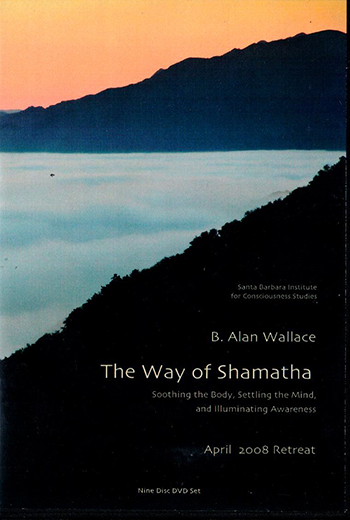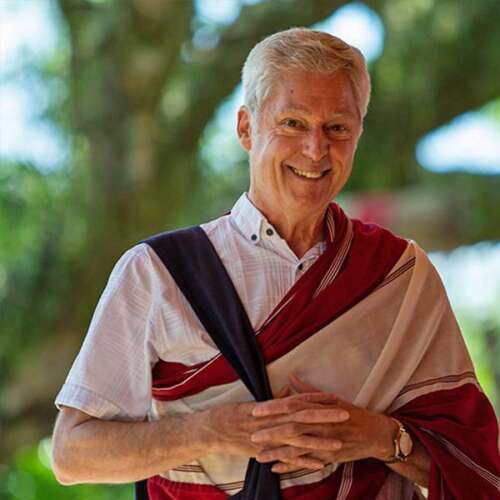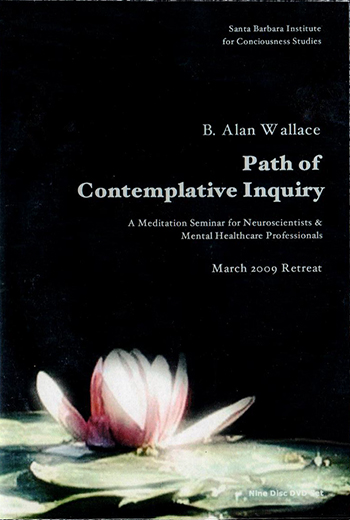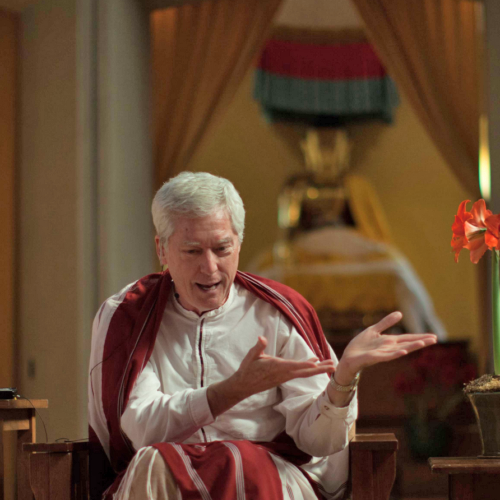During this retreat, Lama Alan Wallace introduces the theory and practice of three methods of developing meditative quiescence or shamatha.
He begins with the practice of mindfulness of breathing as taught in the Theravada tradition, which is especially effective for soothing the body and calming the discursive mind. He then explores an approach to shamatha that is particularly pertinent for Dzogchen practice, called “settling the mind in its natural state,” as taught by the 19th century Dzogchen master Lerab Lingpa in his commentary to the “Heart Essence of Vimalamitra.” Finally, he engages the practices of “shamatha without a sign” as taught by Padmasambhava in his classic treatise Natural Liberation. Although this subtle practice is taught explicitly as a means of achieving shamatha, Padmasambhava comments that it may even result in a realization of rigpa, or pristine awareness. The achievement of shamatha is widely regarded in the Buddhist tradition as an indispensable foundation for the cultivation of contemplative insight (vipashyana).
The retreat consists of lectures, guided meditations and discussions. The retreat was recorded in January 2010, in Santa Barbara, CA and is available via DVD, Audio or Video Recordings.






